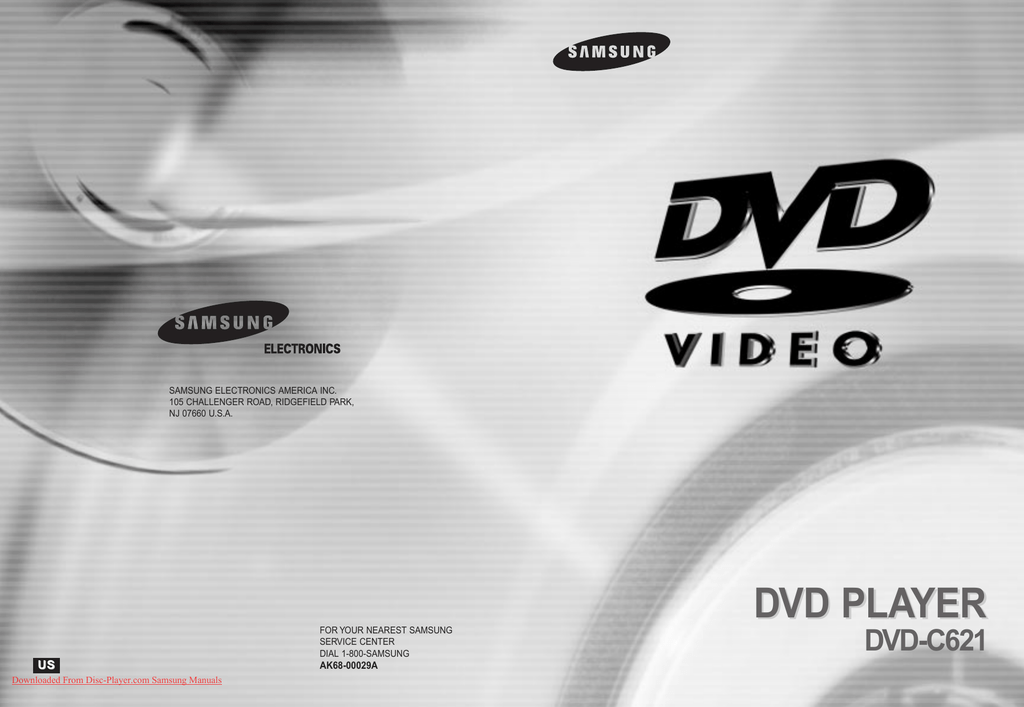

That's only counting the movie file itself - if you want to store the bonus content as well, make more room on your PC. DVD movies are usually only a few gigabytes, but Blu-Ray movies can easily take up 20-60GB of space. You'll also need a fair amount of disk space, since the ripping process involves dumping the contents of a disc onto your PC. I use the ~$50 LG WH14NS40 for both DVDs and Blu-Rays, and it generally works well, but it's an internal drive that only works on desktops with a spare SATA slot.

Blu-ray drives (which can also read all DVDs) are still significantly more expensive than DVD drives, especially external USB models - the Pioneer BDR-XD07B is a popular option for ripping, but it costs around $100.

Not all drives are created equal for ripping, but the ASUS ZenDrive Silver is a great (and affordable) option for DVDs. If your PC already has a drive, or if you have an external DVD/Blu-Ray drive collecting dust in a closet or drawer, you're already one step ahead! There are a few things you need to rip DVDs or Blu-Rays.
#DVD VIDEO PLAYERS FOR THR MAC WITH SLWO DOWN FEATUE HOW TO#
As a bonus, we'll show you how to get a media server up and running so you can stream those movies from any device, anywhere. While ripping your collection of discs to digital can be time-consuming and comes with a real cost (disk space), going through the trouble can get you something Netflix can't: permanent, go-anywhere access to your complete media collection that no one can take away.In this guide, we'll show you how to get started ripping your DVDs and Blu-Rays, stripping the DRM protection, and converting them into more space-friendly and watchable formats for all of your devices. Physical media has its time and its place, but in the era of ultra-fast home Wi-Fi and high-res smartphones and tablets, a Blu-Ray or DVD basically makes no sense for a lot of the ways we now consume content.


 0 kommentar(er)
0 kommentar(er)
